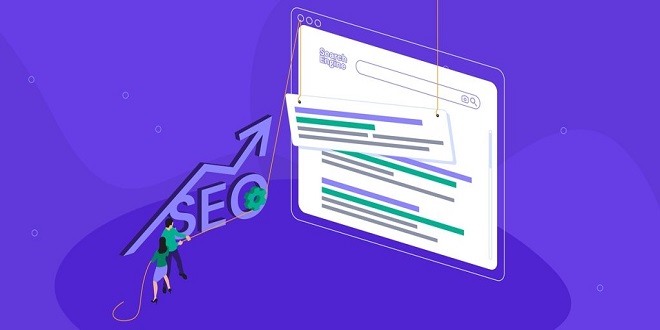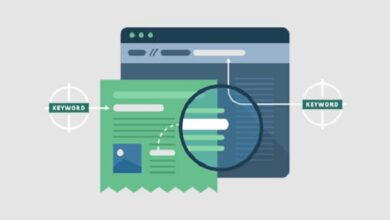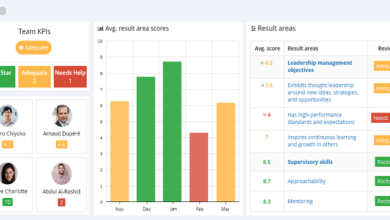Making Your Page Search Engine Compatible

Success with on‐page optimization, the changing of the underlying code of a web page for SEO reasons, isn’t something that you can just guess at or just hope that you luck out. You need to understand every element of a web page and use it to its fullest potential. Knowing how spiders are going to see and react to your page is absolutely critical to your optimization efforts.
For example mistakes with JavaScript can lead to a spider trap, where a spider gets caught in an endless loop and is forced to abandon the page because it has no other alternative. In this chapter, we cover the things that make your page search engine friendly and what the biggest pitfalls are. Getting these elements right is essential if you’re going to obtain and retain traffic and rankings in the long term.
Optimizing HTML Constructs for Search Engines
At first, the web was made up in great part by research papers posted by academics. They were formatted in a specific way, and most of them were heavily text‐based. These days, the Internet contains document types of every shape and size. Images, videos, and Flash pages — you name it, someone’s built it — all serve their purposes in the construction of a successful website. Nevertheless, when you get down to the basic structure for a web page, you’re still looking at HTML.
The Head section
The task of optimizing every HTML page begins in the Head section. The Head section is where search engines are first introduced to your page and where they first discover what the page is all about. This section makes that infamous first impression that you only get one shot at. But the job of the Head section isn’t only to impress the search engine. Search engines like to share the wealth when it comes to information, so parts of your Head section get starring roles on the search engine results page. Time to get those parts camera‐ready.
Links
Links within the Body section of a web page provide anchor text, which is the text that the user clicks on in order to follow the link to a new page. When they are measuring the relevance of the web page, search engine spiders consider the anchor text of links pointing to that page.
Images
Images in the body of your site are also pretty important. Not only do they add to the overall aesthetic of your website and provide a visual of the product if you’re trying to sell something, they also add weight and relevance to your ranking. Images aid users and they provide search engines with additional clues about the page. Images can also appear in vertical search engines.
Enriching Your Site with Rich Snippets
Earlier in this chapter, we tell you that snippets are the sentence or two that search engines show in the search results below the page title. Usually pulled from the Meta description tag, the point of the snippet is to describe to visitors what they can expect to find on the page after they click through from the search engine.
Last word
If you decide to use images, Flash, or JavaScript for your navigation, at least use a text‐based footer on the page that offers alternative text links to your pages and to your site map so that search engines can follow that and can do a read‐through of your site.





